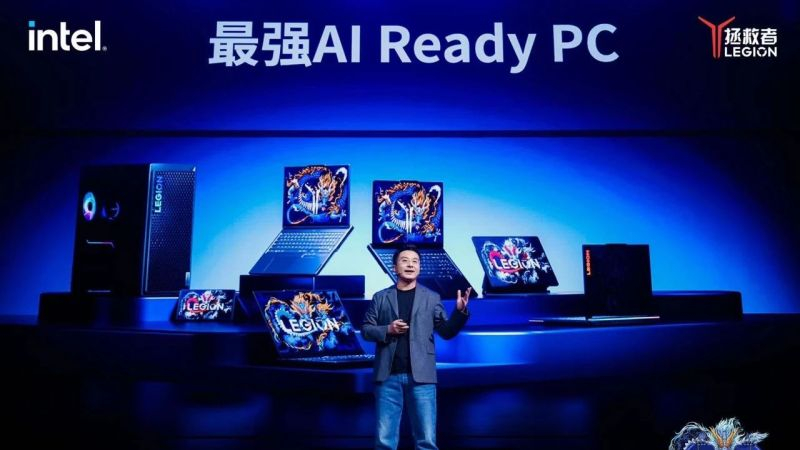By 2027, AI-accelerated processors will be included in 60% of all new personal computers, according to estimates from the International Data Corporation (IDC). The rising demand for these processors is fuelled primarily by the need to execute AI computations locally, thereby enhancing both performance and data security.
Increasing Shipment of AI-Accelerated Processors
IDC anticipates that at the end of this year, the total shipment of PCs with AI-accelerated processors will hit 50 million units and will rise to a staggering 167 million units by 2027. From this prediction, it can be inferred that the IDC does not expect sweeping growth in the PC market itself, given that 167 million units will make up 60% of the total 278 million PCs forecast to be shipped by the conclusion of their projection in 2027. The study, however, has not considered systems leveraging discrete Graphics Processing Units (GPUs) to boost AI performance.
Contributing Factors
In addition to boosting the efficiency of operations, AI-accelerated processors will also enhance data security. They will eliminate the need to send sensitive data to the cloud for server-based processing, allowing for efficient computation on a local computer. By 2027, per IDC’s representatives, this technology will transition from a niche to the dominant norm.
Processing Power and Market Predictions
IDC experts have suggested a classification of CPUs based on their processing capacity for AI systems. The first generation of processors, produced by companies such as Qualcomm, Apple, AMD, and Intel, can process up to 40 trillion operations per second (TOPs) and are currently speeding up select functions in AI applications.
The next generation of processors is projected to ramp up the performance of AI components to between 40-60 TOPs, thereby fostering the proliferation of specific AI functionalities at the operating system and application levels. Suitable processors from Intel, AMD, and Qualcomm are likely to be shipped later this year. Simultaneously, Microsoft plans to support these capabilities in Windows 11.
Third-generation processors with performance exceeding 60 TOPs have not yet been announced by any developer and are, therefore, not included in IDC’s current market projections until 2027. However, as these processors are announced in the coming years, corresponding revisions will be incorporated in the market prediction documents. By 2027, IDC expects second-generation processors to outnumber first-generation processors by about twofold, with a significant portion of PCs based on these processors being sold to corporate customers.
Local AI Computing: The Benefits
Offloading part of the AI computations from the cloud to the local PC offers three main advantages. Firstly, it reduces the delay in information processing which unavoidably occurs during network interaction. Secondly, it achieves a higher degree of information security. Lastly, it liberates pricey cloud resources for other computational tasks.





